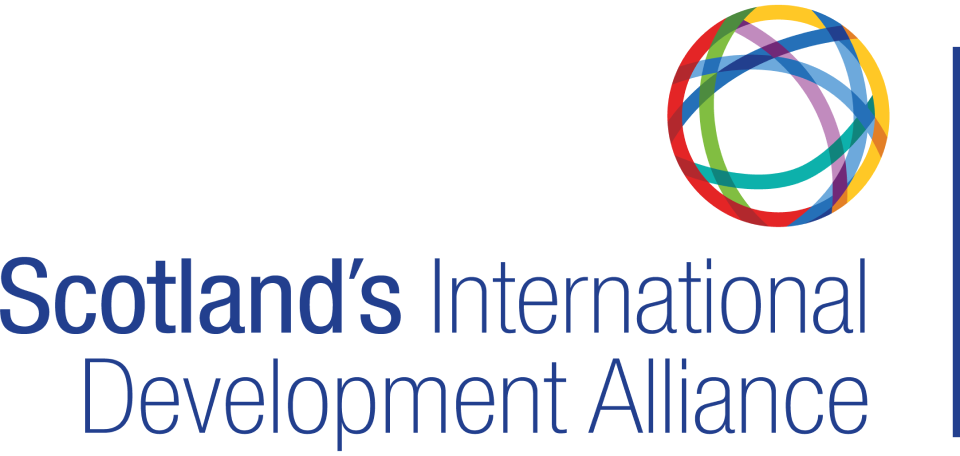COVID-19 has forced many of us to embrace digital as a means of project and programme delivery. Yet, sometimes we forget that the international development and humanitarian sector has operated remotely and used digital modalities for various tasks for a long time. These include anything from internal communication to project management.
Whilst some of us have rushed to redesign projects and programmes to involve or rely entirely on digital delivery for things like workshops, capacity development and monitoring and evaluation, it is easy to forget that as a sector we have already developed lots of learning around digital modalities and interventions. For example, discussions around innovative uses of technology and digital interventions like mobile cash transfers, block chains, virtual reality and artificial intelligence are not new.
It is easy to fall into the trap of designing digital interventions quickly and lose meaningful engagement with the communities we are working with. The risk of designing too quickly is creating a project or programme that doesn’t reach marginalised groups within the context. Technology can be exclusionary and expensive; say you have designed a really fantastic website that doesn’t load quickly on a lower bandwidth, or it doesn’t work in a user friendly on a mobile. Worse still, data costs are prohibitively expensive in the context and no-one accesses the website…
Ultimately, we cannot forget that digital interventions need to be accessible and inclusive, which means taking time to design them and providing formats and options that work for all of our projects’ users. Digital has the potential to reach and improve engagement with projects across geographies, but it also has the potential to further reinforce inequalities and introduce new security and safeguarding risks.
So what can we do? Take a look at the Principles for Digital Development when you are designing a new project or adapting an existing one. You can also use the Maturity Matrix to assess your practice towards the end of a project or when you are creating new public tenders or proposals for digital interventions.
Why were the principles created? The Principles for Digital Development were developed by donors over ten years ago and they are endorsed by over 230 organisations around the world (including the Foreign, Commonwealth and Development Office in the UK who include them within larger grant agreements). The nine different principles were created to help you take a more considered and rigorous approach to digital interventions; and importantly, to help us collectively learn from the failures of previous digital international development interventions that didn’t work.
What are the principles? The nine principles include: designing with the user; understanding the existing ecosystem; designing for scale; building for sustainability; being data driven; using open standards, open data, open source and open innovation; reusing and improving; addressing privacy and security; and being collaborative
What does this mean in reality? Watch our Round table with Claudine Lim, Senior Associate, Principles for Digital Development, held on the 30 September 2020 to find out more about using the principles in your everyday work. You can also read about how the Digital Opportunity Trust designed a project in Tanzania with their users in mind on the Bond blog and the Principles for Digital Development website has a number of interesting case studies too, including how a Cambodian hotline was expanded and used to detect disease outbreaks in the context of COVID-19.
What you should we consider? The Principles for Digital Development are a starting point for practitioners and you should use them to enable more rigorous, participatory and reflective project design. Tony Roberts from the IDS has argued for a reboot of the principles, because tech can never be neutral and it inevitably reflects the preferences of designers even if we try and design with our users at the forefront of our decisions. We cannot mechanistically apply the principles without taking design choices in a given context and we should use them as a starting point to a conversation, not an end.
How to find out more about the principles?
- Read more about the nine principles
- Work your way through the free self-paced online courses about the principles including: an introduction to the principles, emerging technologies, ethics, privacy and security, and gender
- Listen to the Pulse on the Principles podcast
- Use the Maturity Matrix to assess your practice and digital proposals
How to put this into practice…
- Use various comparison resources like the tech4good guide and GetApp comparison when you are comparing tools and possible modalities for a new project to fully understand the digital ecosystem and existing options
- If you don’t know the answer or even the right question to ask, there are plenty of digital experts out there. You can join the principles’ digital community to chat to digital development practitioners, Digital Candle offers one hour of free expert digital advice for charities, the Catalyst has a number of free tools and SCVO in Scotland have a series running called DigiShift to discuss the challenges of moving services online
- Be collaborative! If you are a member of the Alliance and would like to join the conversation about using the Principles for Digital Development in your work you can post your thoughts, reflections and resources on the Alliance Community’s dedicated thread
Want to submit a case study or a blog for our website about how you have used digital in your projects or programmes? Read our blogging guidelines and submit a story.


